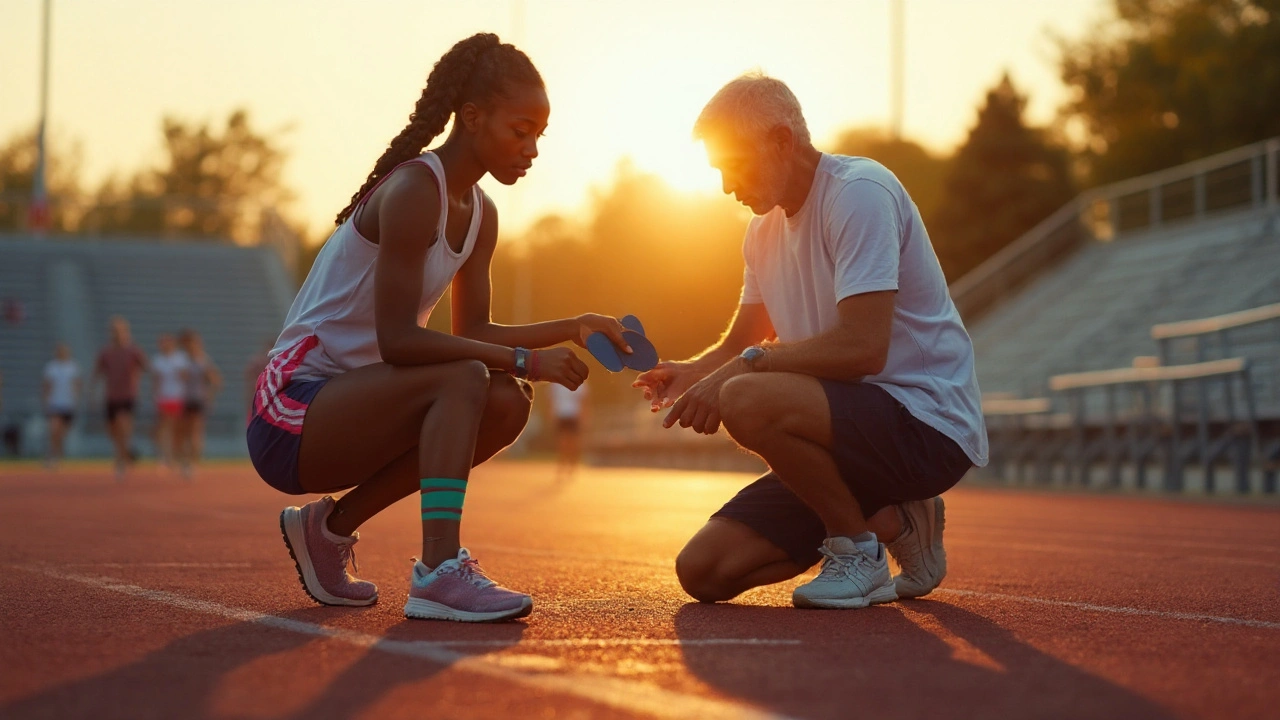Foot Biomechanics: Understanding How Your Feet Move
Ever wonder why a sore heel can ruin a whole day? It all comes down to foot biomechanics – the way the bones, joints, muscles, and ligaments work together when you stand, walk, or run. Knowing the basics can help you spot problems early and stay comfortable.
The Basics of Foot Biomechanics
Each foot has 26 bones, 33 joints, and more than 100 muscles, tendons, and ligaments. When you take a step, the foot goes through three phases: heel strike, mid‑stance, and toe‑off. During heel strike, the heel contacts the ground, absorbing shock. Mid‑stance spreads the load across the arch, and toe‑off pushes you forward.
The arch is a key player. A normal arch flattens slightly to absorb impact, then springs back to give you lift. Too high an arch (supination) or too low (pronation) can cause uneven stress, leading to pain in the feet, knees, or lower back.
Common Issues and Simple Fixes
Flat feet are the most common biomechanical problem. They often cause overpronation, which makes the ankle roll inward. Simple fixes include supportive shoes, custom orthotics, and strengthening exercises like toe curls and heel raises.
On the flip side, high arches make the foot rigid, reducing shock absorption. People with this shape may feel pain during long runs. Adding cushioned insoles or using shoes with extra flexibility can help.
Another frequent complaint is plantar fasciitis – inflammation of the thick band under the heel. Stretching the calf and foot muscles, icing after activity, and wearing night splints are inexpensive ways to ease the pain.
It’s easy to ignore small tweaks, but even a change in shoe type can shift the whole gait pattern. When you switch from a minimalist shoe to a cushioned sneaker, give your feet a week to adapt and watch how your stride feels.
If you’re a runner, do a quick gait analysis at a local sports store. They’ll watch your foot strike and recommend the right shoe category. Most stores offer this for free and it takes just a few minutes.
Strengthening the foot isn’t rocket science. Try picking up marbles with your toes, or walk barefoot on grass for a few minutes each day. These simple moves keep the small muscles active and improve balance.
Lastly, keep an eye on footwear wear. If the outsole is uneven or the heel cushion is compressed, it’s time for a new pair. Worn shoes can throw off your biomechanics and cause aches that could have been avoided.
Understanding foot biomechanics doesn’t require a degree in physiology. Just pay attention to how your feet feel, choose shoes that match your arch type, and add a few easy exercises to your routine. Your feet will thank you with fewer aches and smoother steps.
Sprains and Shoe Inserts: Do Orthotics Prevent Ankle Injuries and Speed Recovery?
Do shoe inserts really help with sprains? Clear, evidence-backed answers on prevention, recovery, and how to choose the right orthotics without wasting money.
Read more